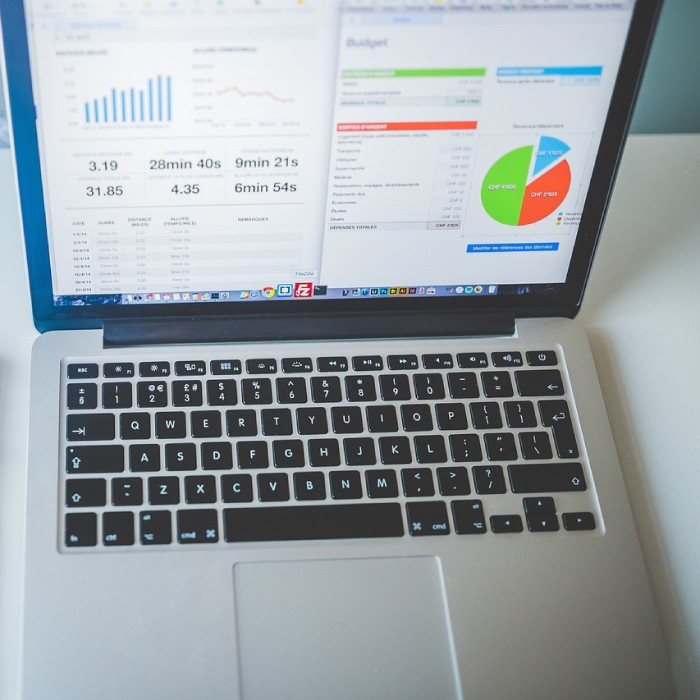Unleashing the Power of Business Analytics: A Roadmap to Success

Posted by Admin User Posted by Aug 28, 2023 in Business Analytics
Introduction
In today's data-driven world, businesses have access to vast amounts of information. However, raw data alone is insufficient; what truly matters is how you transform it into actionable insights. Business analytics, the systematic exploration of data, plays a pivotal role in helping companies make informed decisions, optimize processes, and gain a competitive edge. In this blog, we will explore the world of business analytics and how it can be a game-changer for your organization.
Chapter 1: understanding business analytics
1.1 what is business analytics?
Business analytics involves the collection, processing, analysis, and interpretation of data to drive better business decision-making. It encompasses a wide range of techniques and tools to uncover patterns, trends, and valuable insights from data.
1.2 the data lifecycle
Understanding the data lifecycle is crucial. It involves data collection, data cleansing, data storage, data analysis, and data-driven decision-making.
Chapter 2: types of business analytics
2.1 descriptive analytics
Descriptive analytics helps businesses understand what has happened in the past. It involves creating visualizations, reports, and dashboards to summarize historical data.
2.2 predictive analytics
Predictive analytics leverages historical data to make forecasts about future events. Techniques like regression analysis and machine learning are used to make predictions.
2.3 prescriptive analytics
Prescriptive analytics goes a step further, providing recommendations on what actions to take to achieve specific business objectives. It helps in optimizing decision-making processes.
Chapter 3: data collection and preparation
3.1 data sources
Identify the sources of data, which can include internal databases, external data providers, and even data generated by internet of things (iot) devices.
3.2 data quality
Data must be accurate and consistent. Implement data cleaning and validation processes to ensure data quality.
3.3 data integration
Combine data from various sources to create a unified view for analysis.
Chapter 4: data analysis and tools
4.1 data exploration
Use data visualization techniques to explore your data and identify patterns and trends.
4.2 tools and software
Popular analytics tools include microsoft power bi, tableau, python, r, and specialized statistical software. Choose the tools that best fit your business needs.
Chapter 5: implementing business analytics
5.1 establish clear objectives
Define specific goals for your analytics initiatives. What questions do you want to answer, and how will the insights drive decision-making?
5.2 data governance
Create a data governance strategy to manage and protect sensitive data. Compliance with data protection regulations is vital.
5.3 training and skill development
Invest in training for your team to ensure they have the necessary skills to perform effective business analytics.
Chapter 6: measuring success and continuous improvement
6.1 key performance indicators (kpis)
Determine the kpis that will help you evaluate the success of your analytics initiatives. These could include increased revenue, improved customer satisfaction, or enhanced operational efficiency.
6.2 iteration and adaptation
Business analytics is not a one-time project; it's an ongoing process. Continuously evaluate your strategies and adjust them based on the results and evolving business needs.
Conclusion
Business analytics is no longer a luxury but a necessity for organizations aiming to thrive in a data-centric world. By understanding the types of business analytics, ensuring data quality, employing the right tools, and implementing effective analytics strategies, you can unlock the power of data to make more informed decisions, drive growth, and stay ahead of the competition. It's time to embrace the data-driven future and leverage business analytics as a strategic asset for your organization's success.

